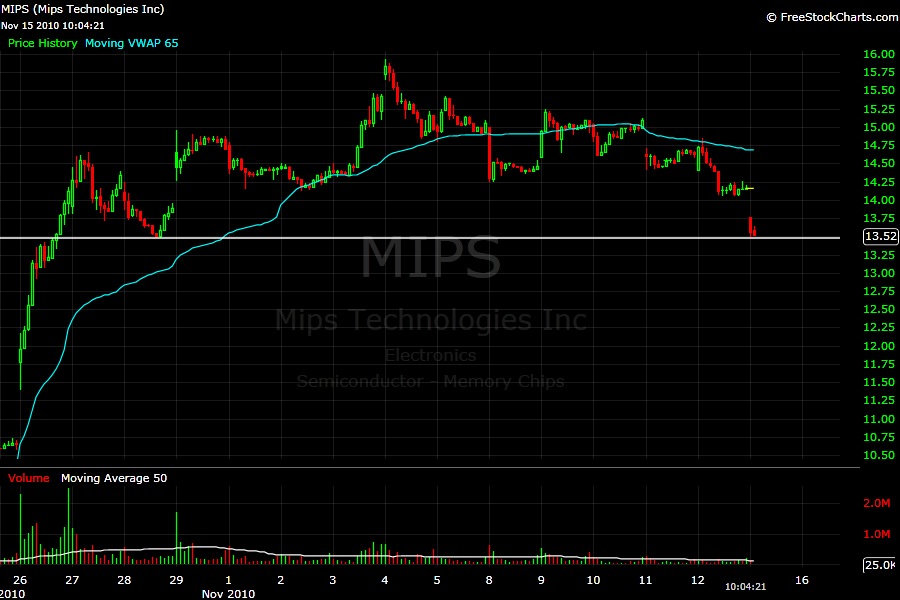In the heart of all momentum strategies lies relative strength in some form. It could be related to price, earnings and sales growth, margin expansion or a combination of all of them. There are different nuances in the time frame to which RS is applied. Those of us, who use it in our market approaches believe that the relative outperformance of all momentum strategies is based on a structural edge – something that cannot be erased by the fact that everyone knows about it, at least until stock markets are dominated by human emotions.
We tend to learn fastest by association, like things that are similar to something we already know and base our choices on relative comparison.
It makes the perfect sense to take a look at the best performing stocks in any given year and ask yourself, what was the common denominator that would had helped you to catch part of the trend? The answer is simpler than it seems. Relative strength begets more relative strength. All the stocks that appreciate 300% in a year, are up only a 100% at one point in their price cycle. I don’t imply that all stocks that reach a 100% return in let say a few months, will continue to outperform. No. Many of them will go back where they came from, but among the herd of parabolic junkies, we can find the true market leaders. How to distinguish them? They have a clear catalyst behind them. Actually a number of consecutive catalysts, as one is not enough to sustain a prolonged price up-trend. Catalysts are always based on expectations for profit. After all, everyone opens a position with the expectation to have a positive return on it. Now those expectations might be based on hundreds of different factors. Some buy solely based on price action, assuming that breakouts to new highs beget higher prices. Sounds crazy, isn’t it. But it has worked enough times in the past to turn many people into believers. When enough people act on their expectations, their beliefs turn into a self-fulfilling prophecy.
Relative strength is universal. It works in all areas of life. In the video above, Dan Ariely says that everything in the human world is judged on the basis of relativity. I remember a research, which claimed that if you go to a bar with a similar, but slightly uglier version of you, you will be perceived as much better looking that you actually are. I leave the conclusions to you.
There is so much more that could be said about the underlying logic behind buying relative strength, but who likes to read long rants. I don’t want to be that guy who will say:”I am sorry this post is so long, I didn’t have time to make it shorter.”
Happy Thanksgiving
